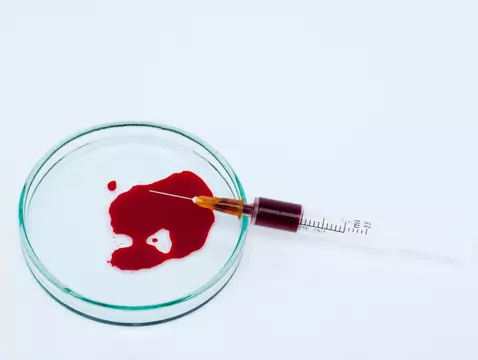UV radiation damages the structures of human DNA, which can accelerate the ageing of the skin and promote various skin cancers. What about applying a protective layer of DNA to the skin, which is then exposed to UV radiation, preventing it from affecting the body's genetic material? This is what specialists at an American research institute came up with.
Ad:









